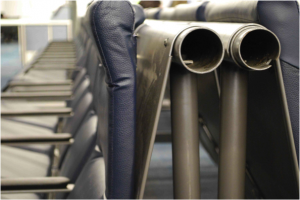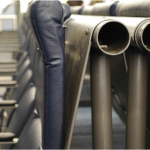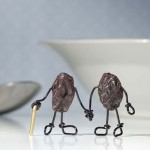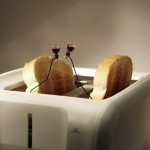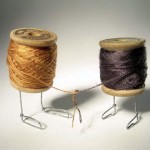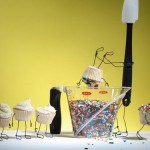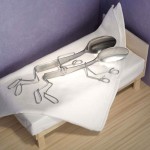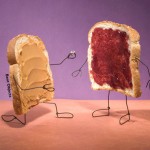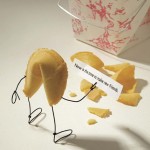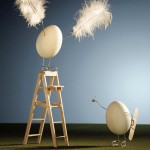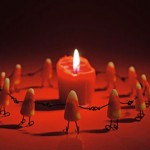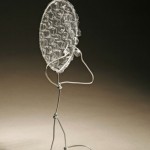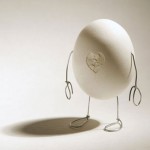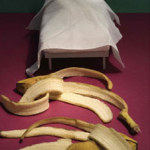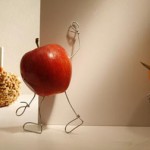My friend sent me this photo several years ago and I saved it on my computer, knowing that it would come in handy someday:
The metal components of this seating area remind me of Wall-E, the loveable trash compactor robot Disney character. There’s something so endearing and humorous about this photo, about seeing human features in a few pieces of metal screwed together. And once you see the humanness, you can’t “unsee” it.
Examples like this demonstrate how desperately people seek humanity in their surroundings. We’re inclined to see elements of ourselves – physical features, body structures, facial expressions, etc. – in the Other. Anthropomorphism, the tendency to identify something not human as having human characteristics or qualities, is a natural part of our development and our ability to relate to others.
I took a course in college called The Science of Art and Motion Capture which blended the study of psychology with the art of animation (Note: if you’re reading this at Dartmouth and you see this course is offered in the near future, TAKE IT). One topic we explored was The Uncanny Valley, a theory contemplated by Japanese roboticist Masahiro Mori. The Uncanny Valley states that an object that looks 50% lifelike is likeable. An object that looks 90% lifelike is very likeable. An object that looks 95% lifelike is extremely likeable. But an object that looks 96% lifelike is disastrous. The Uncanny Valley is the point at which an object looks both familiar and foreign, like a robot that looks human but something about it seems peculiar and “off.”
Essentially, the more we’re able to anthropomorphize, the more pleasant an object is to look at (at least up until the Uncanny Valley kicks in). We see the familiar, we see the recognizable, and we see ourselves. Frankly, we’re a pretty conceited breed.
Artist Terry Border took anthropomorphism to the next level with his photo series shown below. He arranged meticulous photo shoots that breathed life and personality into everyday objects. With the help of clever props and sets, these inanimate objects become the subjects of charming and often ironic photos that we, the human spectators, can identify with and appreciate. What was once just an inanimate object transforms into something lifelike, with a touch of humanity.
There’s one thing for sure: you’ll never look at candy corn the same way again.
http://designmock.com/bent-object-when-everyday-objects-come-alive-photography/
